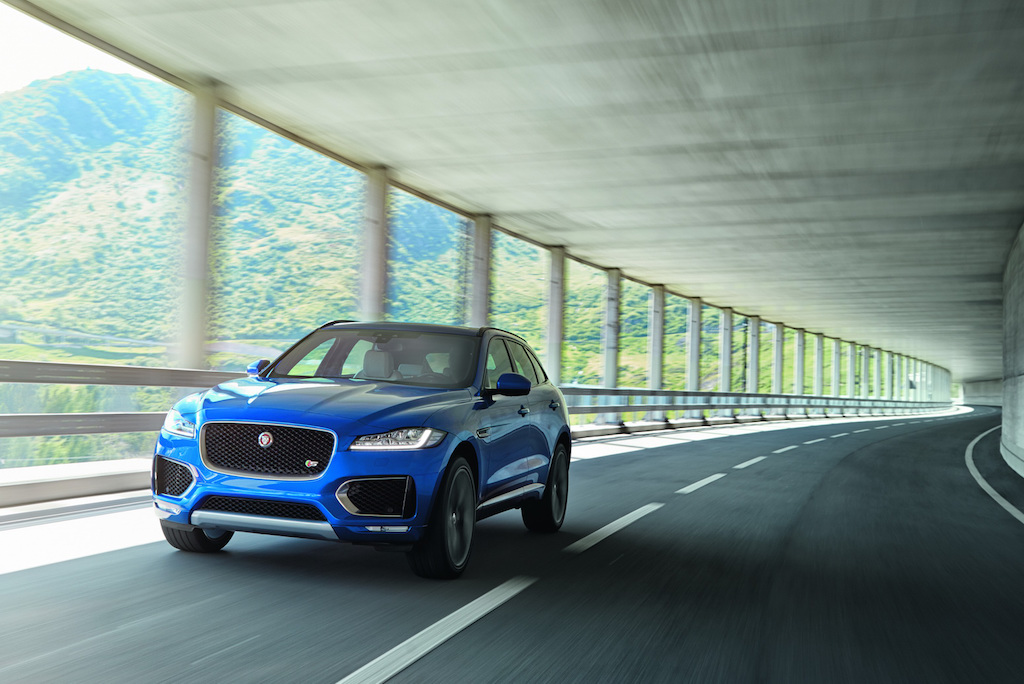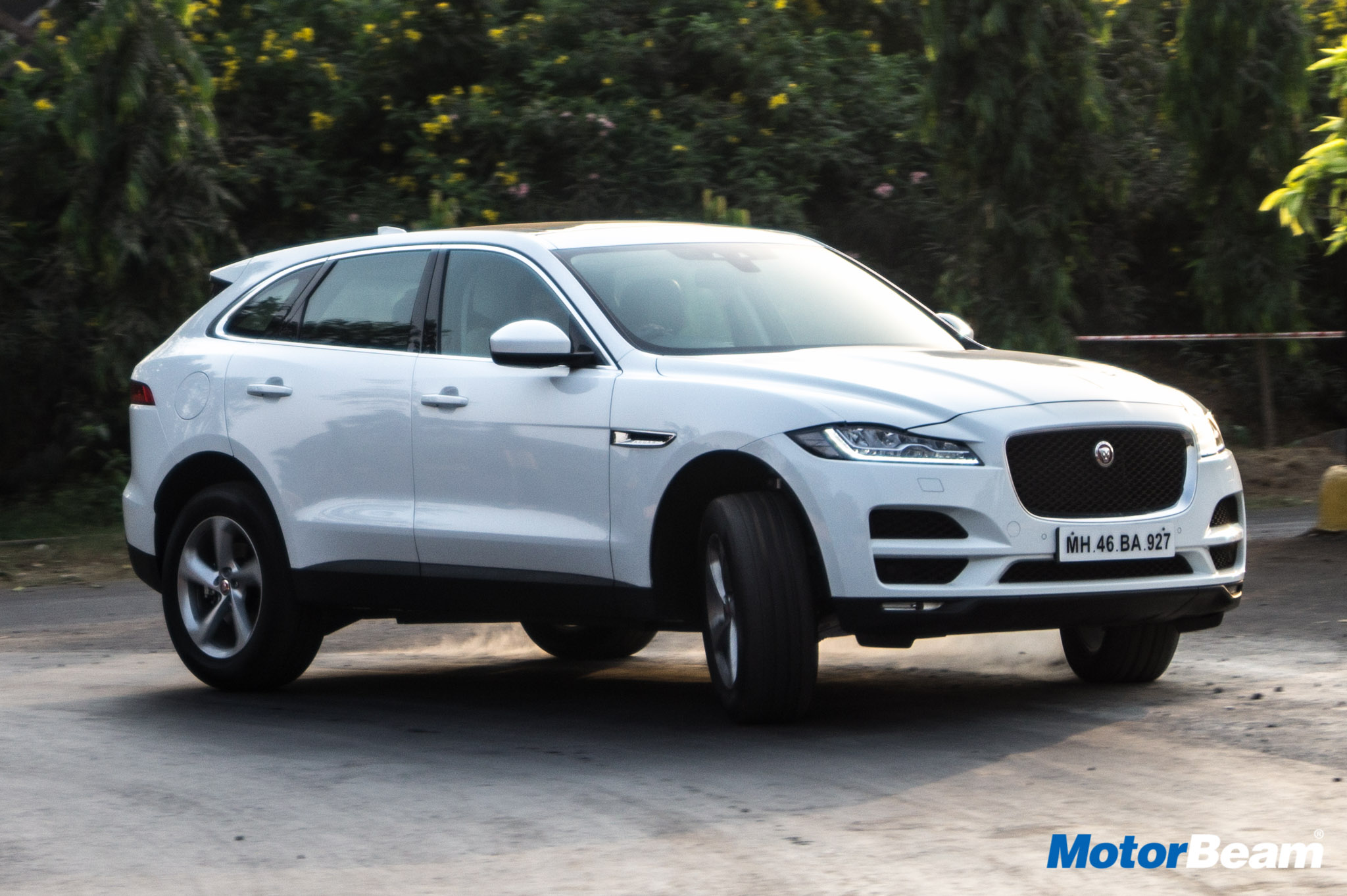The engine is refined and sounds sporty
Performance – With demand for petrol-engined luxury cars gradually increasing, Jaguar Land Rover has been introducing petrol models slowly. The F-Pace 25T is powered by a 2.0-litre turbocharged Ingenium gasoline mill that belts out 247 HP and 365 Nm, with peak torque coming in at 1300 RPM, all the way till 4500 RPM. Expectedly, there is a good amount of low-end punch with the motor being very refined but the mid-range is a bit flat and the powerplant wakes up around 4000 RPM and pulls strongly all the way to its 7000 RPM redline. The motor does sound vocal, but the sound is throaty and sporty especially towards the top-end.
The 8-speed ZF gearbox is superfast with shifts
The 25t motor shines in low-end and top-end performance while the mid-range is a bit weak
0-100 km/hr takes 6.8 seconds while the top speed is 216 km/hr. The motor does rev freely and there are 4 driving modes on offer – Normal, Dynamic (changes the cluster’s backlit and centre console light to red), Eco (changes the cluster’s backlit and centre console light to red) and Rain/Ice/Snow; these parameters tweak the engine, AC and steering but not the gearbox as the transmission has its own Sport mode which holds onto a gear, if you tap the paddles, the car won’t upshift unless and until you do so, giving you complete control of cogs. The 8-speed ZF gearbox isn’t the fastest with shifts and does hesitate when you want a quick downshift but is a smooth operator.
The engine lacks mid-range punch
The Jaguar F-Pace 25T does not have the lusty mid-range like the diesel, particularly the more powerful V6 diesel. It is never to a point where it feels bothersome but a little more torque would have gone a long way. That said, even the Porsche Macan 2.0 petrol feels flat in the mid-range.
The 2.0-litre engine offers adequate performance for daily driving
The F-Pace SVR can go from 0-100 km/hr in 4.3 seconds but we don’t get it in India
The Jaguar F-Pace 25T returns a mileage between 7-10 km/l, depending on the driving style and condition. It has a 60-litre fuel tank which seems a bit small for a car of this segment. While there is adequate performance, it’s not going to push you back in the seat although Jaguar does offer the SVR model globally which has staggering numbers like 550 PS, 680 Nm, 4.3 seconds to 100 km/hr, 283 km/hr top speed and even a large 82-litre tank!
The suspension is on the stiffer side but the ride quality is very good
Driving Dynamics – The F-Pace is a heavy car, it weighs almost 1800 kgs but is lighter than the diesel which makes it less prone to understeer around corners due to the lighter nose. This car is sporty and that’s how it differentiates itself from its Land Rover siblings as the D7a platform is shared with the XE, XF and Velar. This advanced aluminium monocoque architecture uses 80% aluminium along with magnesium and composite, this makes it not only lighter but also more rigid. In fact, the F-Pace uses an all aluminium suspension with the front suspension being derived from the F-Type, a double wishbone. At the rear, the sub-frame mounted multi-link rear suspension is more expensive than what rivals use but that lets Jaguar tune the car for a better balance of ride and handling.
The F-Pace feels stable at higher speeds
Despite being an SUV, the F-Pace boasts of very good driving dynamics
Handling is very good by SUV standards and it makes the F-Pace feel much smaller than what it actually is. This is thanks to Jaguar having achieved 50:50 weight distribution. The AWD system is rear-biased with a slew of Jaguar systems like torque vectoring by braking, hill launch assist, all surface progress control (it’s like a cruise control for low speeds and works under 30 km/hr when going off-road), dynamic stability control and traction control working well to ensure controlled body movements at higher speeds. However, the suspension is on the stiffer side but the ride quality is good and improves as you increase the speed but does have vertical movement at higher speeds. The speed proportional electric steering is light at low speeds but does weigh up well at higher speeds giving you the necessary confidence while cornering. The brakes of the F-Pace are very surefooted and the car remains under control even under heavy braking, offering positive feel at the pedal.




